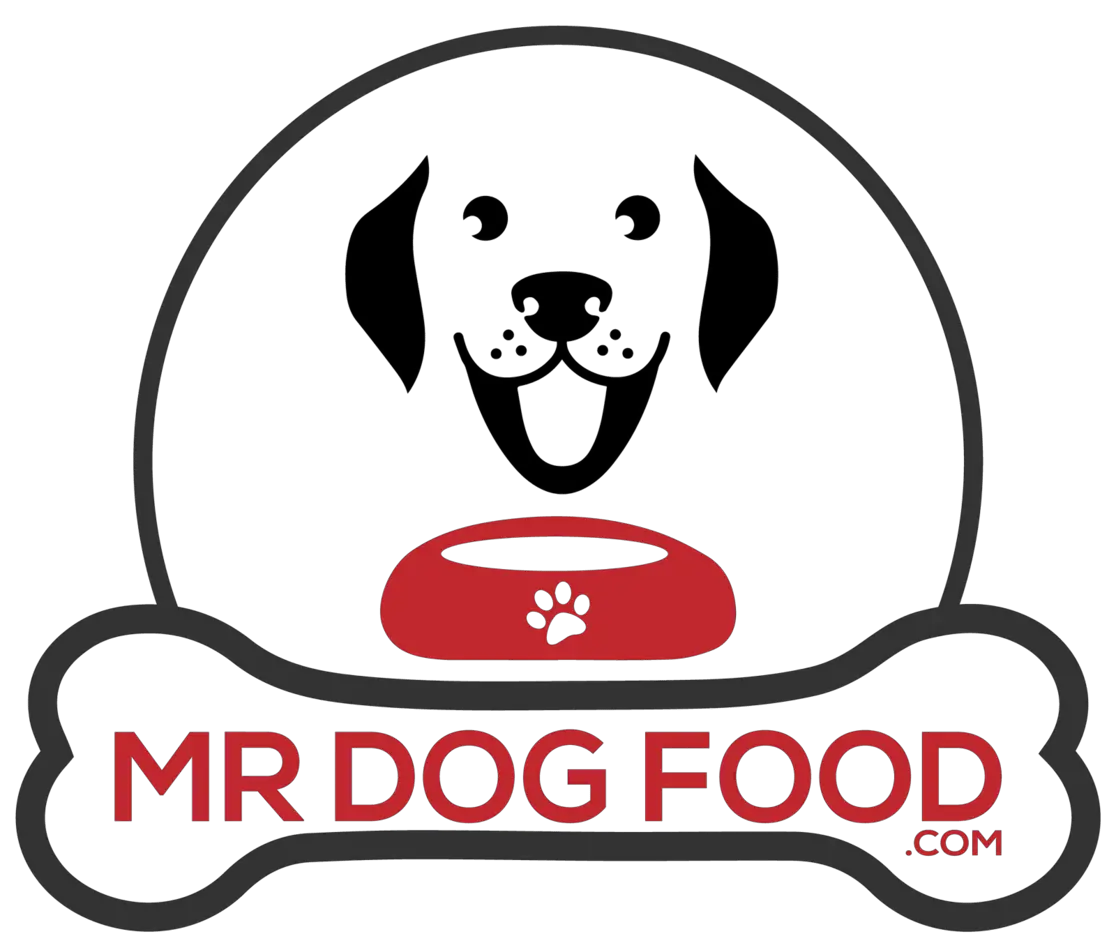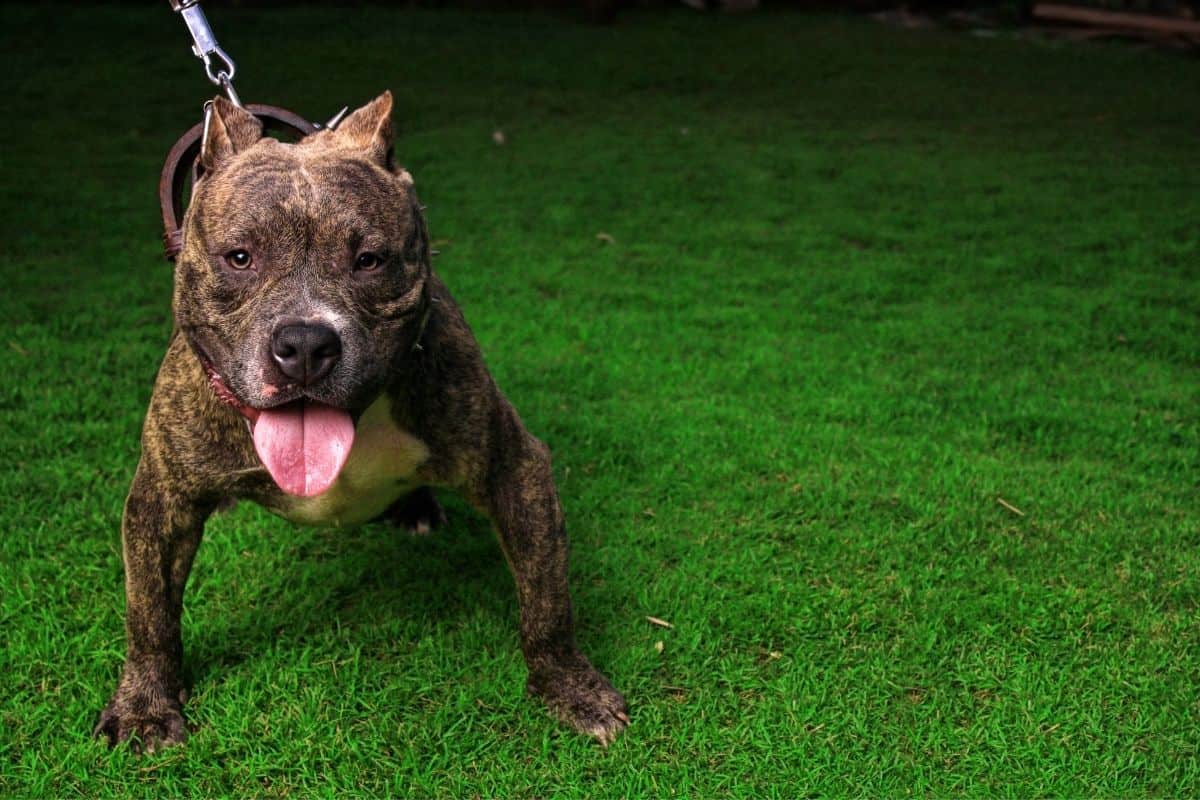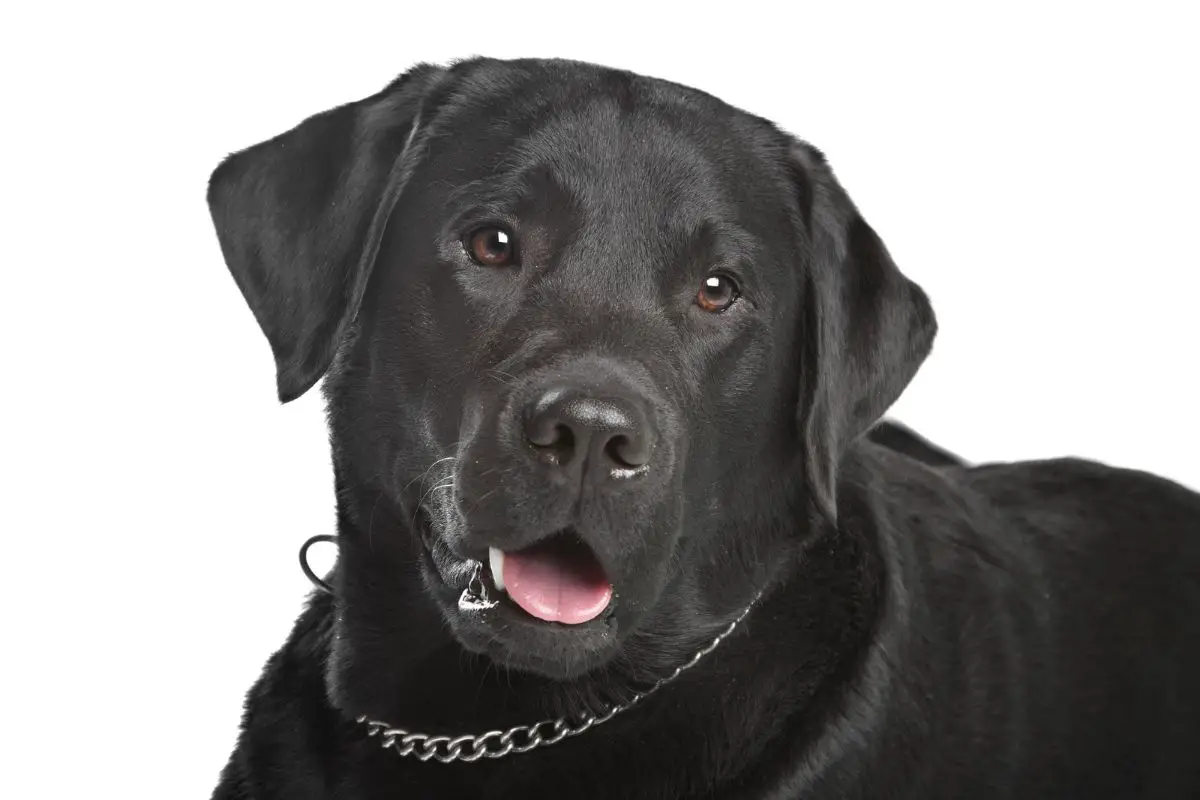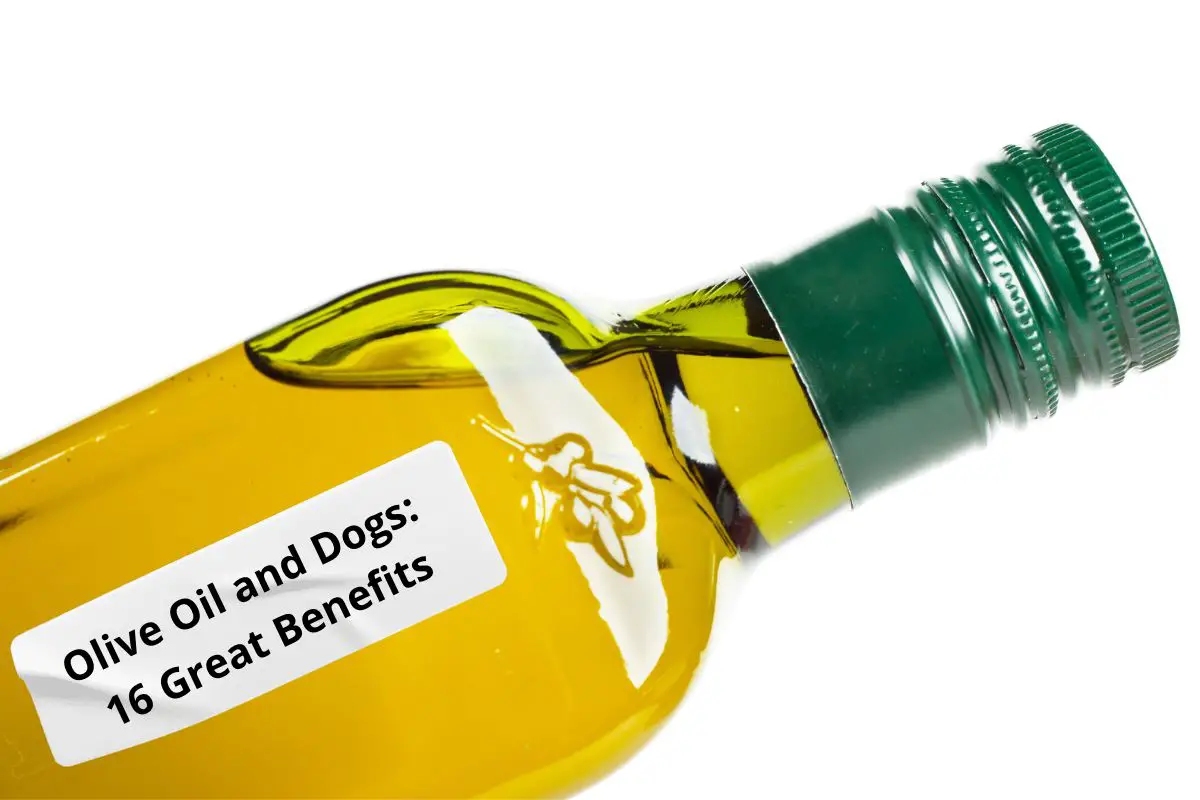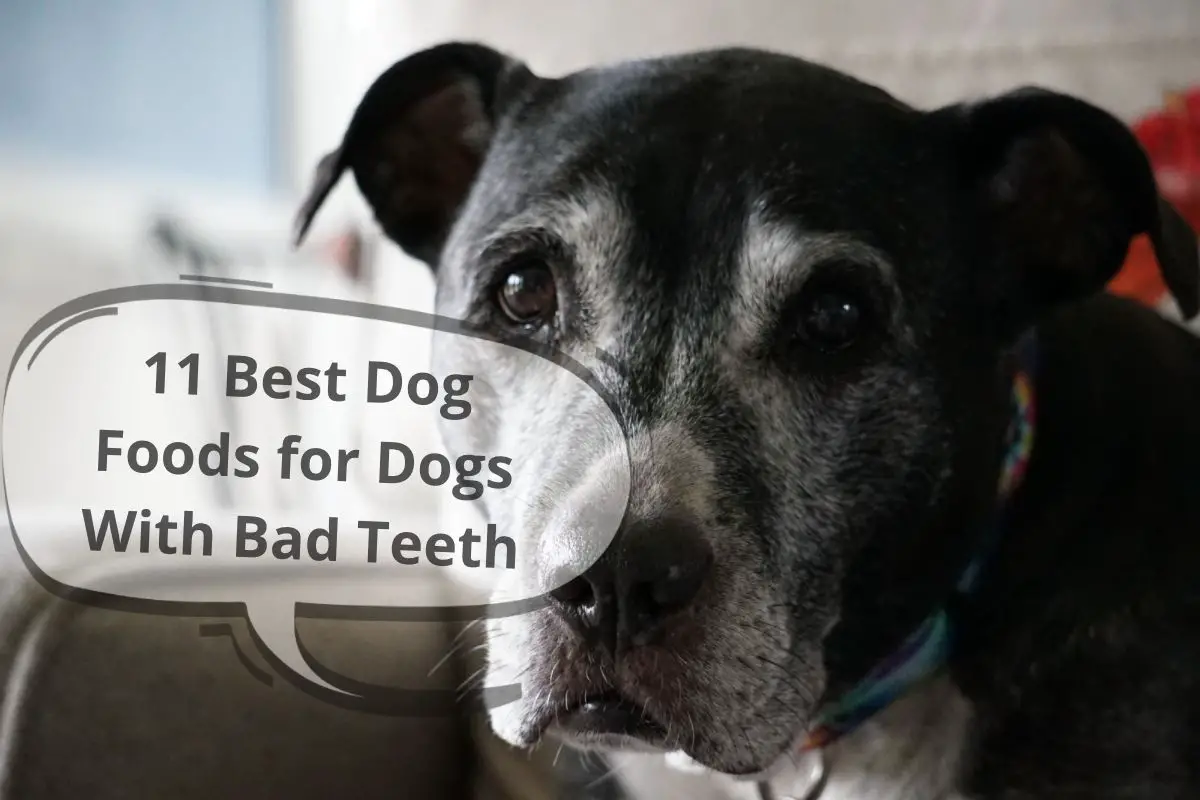This post contains affiliate links.
Certain breeds of dogs are naturally predisposed to having a high muscle mass. These breeds are best suited to build muscles and bulk up — Pit Bulls, Doberman Pinschers, and Rottweilers, to name a few. Whatever the reason, and whatever the breed, if you want your dog to bulk up, you’ll have to go about it in a natural, healthy way.
To bulk up your dog naturally, there’s a simple formula: protein-rich and high-calorie foods (eggs, lean meat), weight-pulling exercise or wearing a weighted vest (5-10% of your dog’s weight), and time. Helping your dog build muscle can boost confidence and channel their energy to physical activity.
You can’t rush perfection, and you can’t fast-track progress. So in this article, we’ll look at three safe, healthy, and natural ways to help your dog put on muscle through food, nutrition, and exercise. We’ll also discuss the pros and cons of building your dog’s muscle mass and whether your dog should be building muscle in the first place.
Table of Contents
Talk to a Vet First
For food, nutrition, exercise, and training, you can practice and follow different techniques. But in the end, the key to building muscles in a dog comes down to the right food and exercise. The process will take time, especially if you’re choosing to go about it naturally.
So, where do you start? Whatever your reason for bulking up your dog, you need to realize that the process involves a significant change in their lifestyle and habits. So consulting a vet before you begin is not just important; it’s thoughtful planning.
Your vet is equipped and specialized in helping you prepare the perfect diet plan for your dog based on their characteristics and needs. Each breed requires different diets, and, depending on your dog’s age and nutritional requirements, your vet can help you formulate a cohesive and structured diet plan and exercise regimen. Additionally, your vet can evaluate any risks involved in the process of bulking your dog up.
Evaluating Risks
Age
Your vet can advise you about whether it’s the right time to start muscle-building. Your dog might be too young; puppies under 12 months haven’t yet fully grown, and it would be risky to start so early.
Or, your dog might be too old. Dogs that have crossed the 5 to 6-year mark are usually too old to handle the physical strain and stress of building muscle mass. But, again, a vet can help you determine whether it’s wise or safe to bulk your dog at either stage of their life.
Weight
If your dog is obese, they might need to shed some of their weight and become active enough to train and exercise. If you push an overweight dog to start building training, the extra weight they’re carrying around won’t magically transform into muscles.
That extra weight means their heart and joints work overtime to move their body, which will only worsen when doing a muscle-building activity. So instead, exercise them and make them do activities targeted for weight loss first.
Weak Bones
You need to make sure your dog’s bone density is strong and that their joints are sturdy. If, for some reason—age, breed, or even genetic—your dog has weak bones or low muscle density, building muscle will prove to be dangerous for their body.
Heart Problems
Your vet can perform a thorough exam to check for any internal conditions or illnesses. A dog with a weak heart cannot and should not be allowed to build muscle. The activity would be too strenuous for them. While your dog must be active and keep healthy, muscle-building exercises aren’t the best idea.
Now, let’s talk about the three ways you can bulk up your dog in a natural way.
A High-Calorie, Protein-Rich Diet
After you consult with the vet, you not only know the kind of food and exercise to give your dog, but you also learned about how to evaluate whether they’re physically capable of building all that muscle. So, let’s look at the kind of food your dog needs to build muscle.
Humans or dogs, the theory is pretty much the same: you start building muscles in the kitchen and then go about developing them with exercise and muscle-building training.
High-Calorie Food
When your dog starts building muscles, the exercises and activity will burn their fat and, unfortunately, their energy. What your dog now needs is a calorie-packed diet plan. At the rate they’re burning calories, your dog’s diet must not only supplement the calories they’re burning but also boost their energy.
That doesn’t mean you feed them empty calories or worse, fatty, carb-loaded calories. No, what they need is a meal that’s rich in protein, with only the right amount of carbs and fats and a good supply of vitamins and minerals.
Choosing the Right Dog Food
There are dog food brands out there specifically designed to meet a high-performing dog’s calorie and nutritional intake. High-performance dry dog food is prescribed for athletic dogs, herding dogs, performance dogs, and in this case, for your dog to build muscle.
Brands like Purina/Purina Pro and Nature’s Logic and products like Crave Dog Food and Bully Performance Dog Feed Bag manufacture and sell, respectively, premium dog food for the sole purpose of delivering high-calorie and nutrient-controlled food to your dog. These dry food options help keep track of your calorie intake and nutritional value for even scoop you feed them.
But, if you’d rather give them their food more organically, for lack of other words, you can always feed them food that’s naturally high in the nutrients, vitamins, and minerals they need.
Here are food naturally rich in nutrients for you to consider when feeding your dog:
Eggs
Rich in protein, cheap, and easy to find, feeding your dog eggs ensures that they’re getting the protein they need. But, raw eggs, now that’s something you’ll want to avoid. Not only do you risk your dog getting sick from, say, Salmonella, raw eggs are also not a good nutritional option all around.
Cooked eggs, however, are packed with the necessary amino and fatty acids they’ll need. So how do you cook them? The best way there is: scrambled.
Alternatively, did you know you can feed your dog eggshells? Of course, make sure the shell is completely dry first before you grind it into a fine powder and add it to their meal when cooking it. They’re an excellent source of calcium, which your dog will need to build strong muscles to help them gain that muscle.
Related articles:
Scrambled Eggs for Dogs? (Read This First)
Dog Weight Gain – Will Eggs Help? (We Ask the Experts)
Cottage Cheese
Cottage cheese is a source of healthy fat, protein, calcium, phosphorus, selenium, B12, riboflavin folate, and vitamins A and B. The protein in the cheese helps build healthy teeth and nails, and more importantly, strong bones and healthy, resilient muscles that can be honed with exercise later.
Lean Meats
The following list of lean meat can help your dog build lean muscles:
- Ground beef, chicken, or turkey, labeled 90% lean
- Cuts of beef, pork like round steak, sirloin, top sirloin, and pork tenderloin
- Chicken thigh, breasts, dark and white mean – all skinless
- Quail
Lean meat is easier on your dog’s digestion. But you can look at it this way. Using fattier meat means that a small portion is highly calorific instead of a large piece of ‘lean’ meat. So your dog can now eat more to make up for the calories.
Supplements
Nutrients, vitamins, and minerals supplements for your dog are essential, especially when they’re training to build muscle. While you can give them a wholesome diet, sometimes, you still need to supplement certain minerals and vitamins that might otherwise be unavailable naturally.
However, nutritional supplements are different from the supplements you give dogs to enhance or boost their energy and performance to help them build muscle faster. This isn’t the best idea because there’s no ‘shortcut,’ no easy way to bulk your dog up.
It’s also not sustainable, nor is it safe in the long run. Instead, consult your vet, and he or she can prescribe natural supplements for your dog instead of enhancement drugs or boosters.
Related articles:
Supplements Dogs Need on a Raw Diet
A Weight-Bearing Exercise Regimen
Warm-Up
See? It isn’t that different from how a human workout. Your dog will need to warm up before you begin training. This can mean a 10-minute walk or a quick game of fetch. But always warm up before you start the actual muscle-building activities.
Cool Down
As important as warming up is, cooling down after a workout is equally necessary. A round of stretching, maybe even a good massage to release any knots and pulls, will help your dog prepare for the next training session.
Build Core Strength
All dogs, irrespective of whether you want to train them to build muscles or not, need strong cores. Why? A large part of their daily activities, from bending down to relieve themselves, sitting down on their haunches, and running, involves using their core muscles. So strengthening those muscles is essential for all healthy dogs.
But that said, when you want your dog to build up muscles, you have to work on building up their core strength. Look at it this way. The doggie equivalent of a six-pack is core strength. So when you’re training your dog to build muscle, focus on their core strength and how to build it.
Weights
You’ve probably seen dogs pulling weights as a form of competitive training and sports. This activity forms a considerable part of muscle-building and weight training for your canine. Therefore, you must use the proper harness like KnK Dog Harness for your dog, one designed to distribute weight evenly and not pull or strain any particular part of their body.
Pulling weights aside, consider making your dog wear a Canine Weight Weighted Dog Vest. They’re a great way to increase resistance during training, much like weight straps that humans add to their own training.
Start slow, with only 5-10 percent of your dog’s bodyweight strapped to them, and then adjust as needed, but never more than 20% of their body weight.
Swimming
Swimming is a great—and fun—way for your dogs to work out. The water offers natural resistance, and as your dog progressively becomes a better swimmer, their muscles will develop tone and strength.
Swimming is also a great form of cardiovascular exercise but without the impact that your dog would feel when they’re running. This activity won’t jar their muscles, merely strengthen them.
Enough Time To Build Muscle & Recover
We’ll repeat what we wrote earlier. You can’t rush perfection, nor can you fast-track progress. Building up your dog’s muscles is a long process and an even longer commitment. It cannot be rushed, and doing so will only harm your dog. Too much exercise or training crammed into too short a period, just so you can ‘speed up the process,’ would be dangerous and foolhardy.
Rest and Recuperate
Don’t forget to allow your dog’s muscles to heal after working out. For example, if you and your dog had a high-intensity muscle training session, you need to let their muscles rest afterward to heal and mend.
Why? Because inevitably, like humans, when your dog works out, they damage their muscles. But it’s through this process that they’ll also build muscle.
So, combining a healthy diet and strength training would be redundant if you don’t give the entire process some time to build, just like your dog’s muscles. Rest and recovery will allow them to build endurance, and over some time, your dog will take less time to recover and increase their muscle-building capacity.
Benefits of Muscle-Building Exercises for Dogs
Apart from the obvious reason that they get physical activity and remain fit and healthy, there are additional benefits of bulking up your dog. They are:
- It helps unleash their inner Sylvester Stalone. Once all the hard work, effort, and time spent on training pay off, your dog’s going to look ripped. It’s a physical testament to they’re—and your—efforts.
- It helps timid, anxious, or shy dogs build confidence while building their muscle.
- If your dog is particularly hyper and exuberant, training and a proper regimen will help channel all that energy into a productive form of exercise and training.
- Training every day helps build a routine, allowing your dog to be disciplined and adjusted instead of a loon on caffeine.
- When they respond to training well, your dog will also learn how to respond to commands, obedience training, and even be trained to become rescue or security dogs. They certainly have the muscles to prove it.
Verdict
To sum it up, good, healthy food, active and intense muscle-building exercises, and subsequent time to rest, recover, and rejuvenate are the three most sustainable and organic ways to help bulk up naturally.
Sources
- Canine Muscle Works: Strengthen your dog’s core muscles!
- Vital Vet: Muscle building and Strength Exercises for Dogs
- WebMD: Dog Nutrition: Essential Nutrients for Health and Feeding Basics
- WikiHow: How to Build a Dog’s Muscles
- PETMD: The Power of Protein
- Bully Max: Dog Muscle Building Tips – Top 7 ways to bulk up your dogs
- PURINA: What Is the Best Protein for Dogs?
- DOG IDEAS: How to Bulk Up Your Dog Naturally and Build Tons of Muscle
Mrdogfood.com is a participant in the Amazon Services LLC Associates Program, an affiliate advertising program designed to provide a means for sites to earn advertising fees by advertising and linking to Amazon.com. We also participate in other affiliate programs which compensate us for referring traffic.
